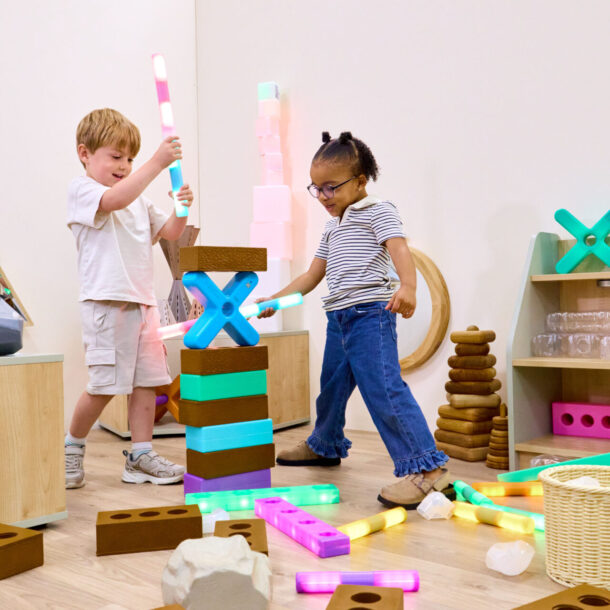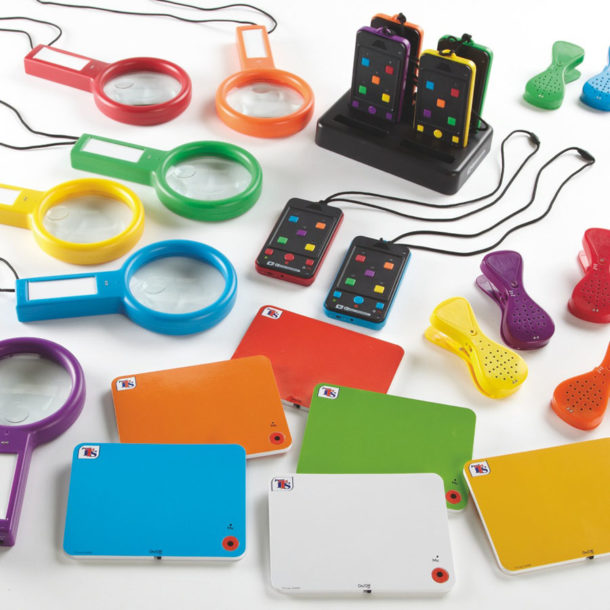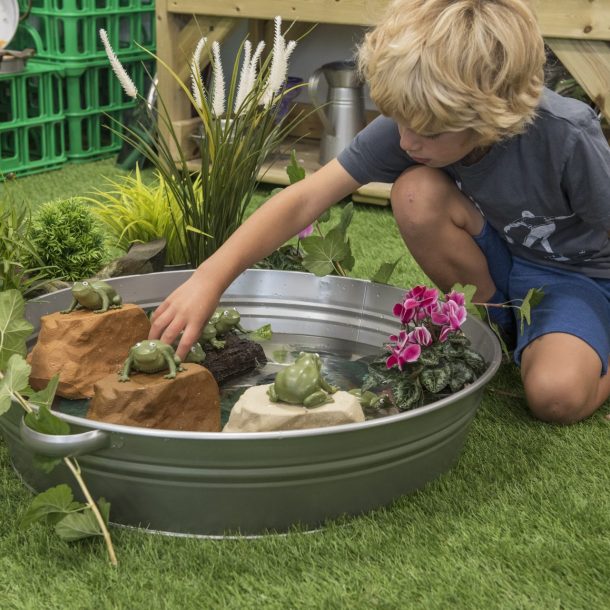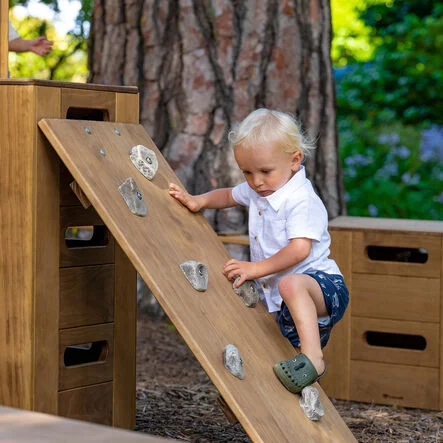Early writing, or even writing for all ages, can be daunting for many students. But there are some simple tips you can use to ease the pressure off individuals to enjoy writing more.
These include:
1. Remember to go slow to go fast later
Motor and pre-writing skills are vital to everything that comes before writing and even to our writing skills as they develop. You can find some excellent motor skills and pre-writing resources here.
2. Inspire and engage
To write, children need to have an idea or know what they want to write about before they hear the ‘I don’t know what to write about’. So how can we help them? The most important thing we can do to support ideas is to build vocabulary and listen to the stories themselves. A daily story time can be done via physical books, puppets, audiobooks, or singing is a must in an Early Years setting. Some great resources include: Sing it bag, Big Words for little people books, Books, and Story sacks.
3. Sensory learning
Does writing have to always include a pen and paper? Of course not!
These Illuminated writing boards by TTS are among my favourite resources to add to the sensory light-up element.
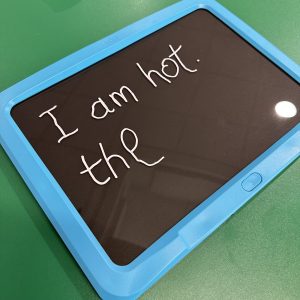
4. Hands-on learning
Hands-on learning and tactile learning are always a must in Early Years. Hands-on learning is essential for young children, as this is how they are programmed to learn. Children learn from observing, copying, and experimenting with their hands and body as soon as they are born. Play is the most important way of learning new skills until they reach school age. Some simple hand on learning include:
- A Sensory tray with salt or sand to make pre-writing patterns, letters or numbers in
- Using chalk to make significant mark-making
- Feel write stones – these are among my favourite resources in my classroom.
- Tactile lowercase letters – a sensory experience to let children ‘feel’ how letters are formed
- Magnetic tracing letters – a great resource to practise letter formation
5. Make it fun!
Making writing purposeful with fun pens such as these feather pens. Children love to role-play as teachers and reenact us, so adding highlighters is another way to get children to write. Lastly, these paint sticks are an additional way to form letters on all types of materials, such as leaves, windows, canvas and more.

Thank you to Hayley Winter for writing this blog
Hayley Winter is an Early Years teacher and leader who is passionate about learning through play. She shares simple and effective teaching ideas for 3-5 year olds on social media. Find out more over on her website: https://www.allaboutearlyyears.com [allaboutearlyyears.com]

